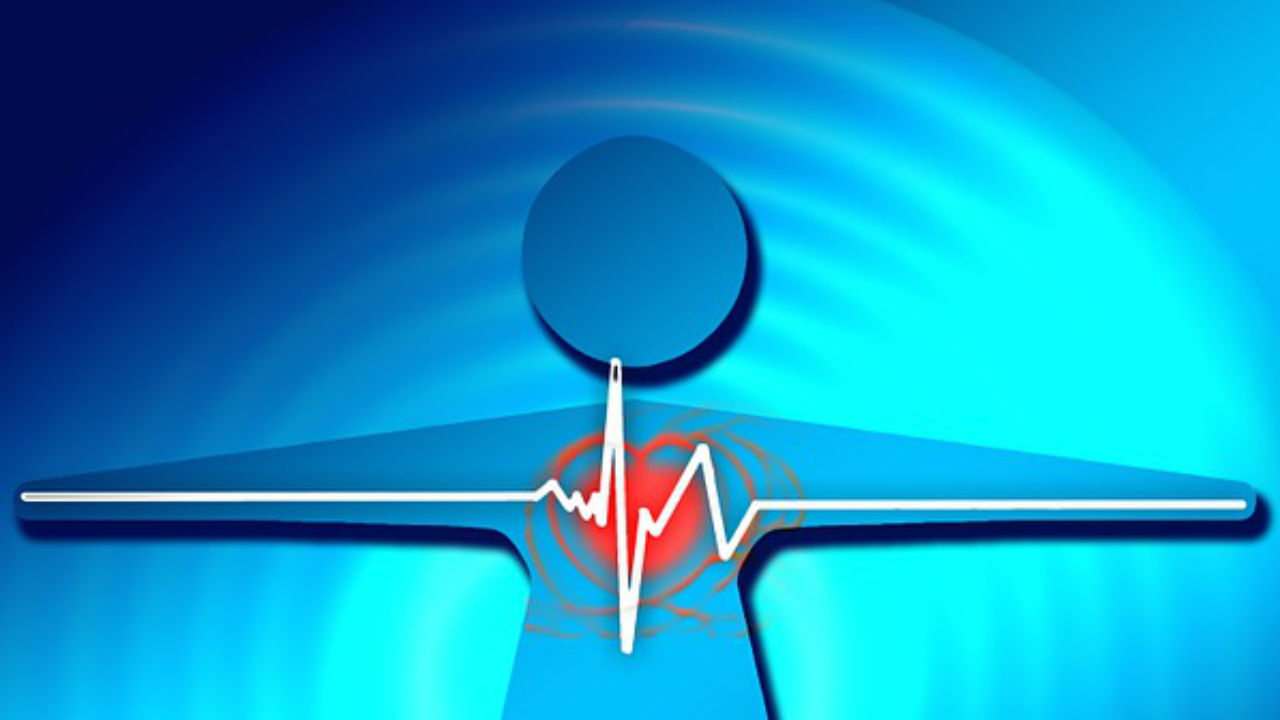 Hemera/Thinkstock
Hemera/Thinkstock
What is Hypoplastic Left Heart Syndrome?
Hypoplastic left heart syndrome (HLHS) is a congenital birth defect, which means it is present at birth. Congenital heart defects affect 1 in every 125 infants (about 35,000) and HLHS accounts for 1 to 3.8 percent of all congenital heart defects. (1)
Heart defects are the leading cause of birth defect-related deaths. (2)
In this case, the heart has an underdeveloped left side.
The left side normally pumps oxygenated blood to the rest of the body through the aorta. A hypoplastic left side is unable to do that.
Without oxygen, the body cannot function. In some cases the mitral valve, aortic valve and aorta are also affected. To see a diagram, click here.
Causes and Signs of Hypoplastic Left Heart Syndrome
There are usually no immediate after-birth signs of HLHS such as a heart murmur. Within a few hours, however, the baby will start showing:
• Cyanosis (skin turns a grayish-blue color)
• Difficult/labored and rapid breathing
• Cold hands and feet
• Poor pulse
• Poor suckling and feeding
• Pounding heart
• Drowsiness or inactivity
Research has yet to determine why congenital heart defects happen, but genetic and environmental factors may each play a role.
Women who contract German measles (rubella) during the first trimester are at increased risk for having a baby with a heart defect, as are mothers who take certain anti-seizure medications, the antibiotic trimethoprim-sulfonamide (sometimes used to treat urinary-tract infections), isotretinoin (acne medication – Accutane), and thalidomide. (2)
“At least 30 percent of children with chromosomal abnormalities, such as Down syndrome ... and Turner syndrome, have heart defects.” (2).
Obviously, parents with a history of congenital heart disease also are at increased risk of having a baby with this birth defect as well.
Treatment of Hypoplastic Left Heart Syndrome
HLHS “can be diagnosed by fetal echocardiography between 18 and 22 weeks of gestation” (1).
Treatment initially involves medication to keep the arteries open and blood circulating while planning for surgery is done. Surgery is the only way to treat this kind of deformity.
Surgical treatment to repair the heart is a three-stage process (Norwood, Glenn-shunt/hemi-Fontan and Fontan). The purpose for the surgeries is to rebuild the heart so it can supply the body with oxygen.
The only other alternative is a heart transplant.
“If left untreated, hypoplastic left heart syndrome is fatal ... [but] [s]urvival after the first stage is more than 75%.” (3)
Sources:
1. “Hypoplastic left heart syndrome” Connor, Jean A and Thiagarajan, Ravi. Orphanet Journal of Rare Disease. Web. Mar 26, 2012. Orphanet Journal of Rare Diseases 2007, 2:23
http://www.ojrd.com/content/2/1/23
2. Congenital heart defects. March of Dimes. Web. Mar 26, 2012.
http://www.marchofdimes.com/baby/birthdefects_congenitalheart.html
3. Hypoplastic left heart syndrome. PubMed Health U.S. National Library of Medicine. Web. Mar 26, 2012.
http://www.ncbi.nlm.nih.gov/pubmedhealth/PMH0002096
Reviewed August 30, 2012
by Michele Blacksberg RN
Edited by Jody Smith






Add a CommentComments
There are no comments yet. Be the first one and get the conversation started!